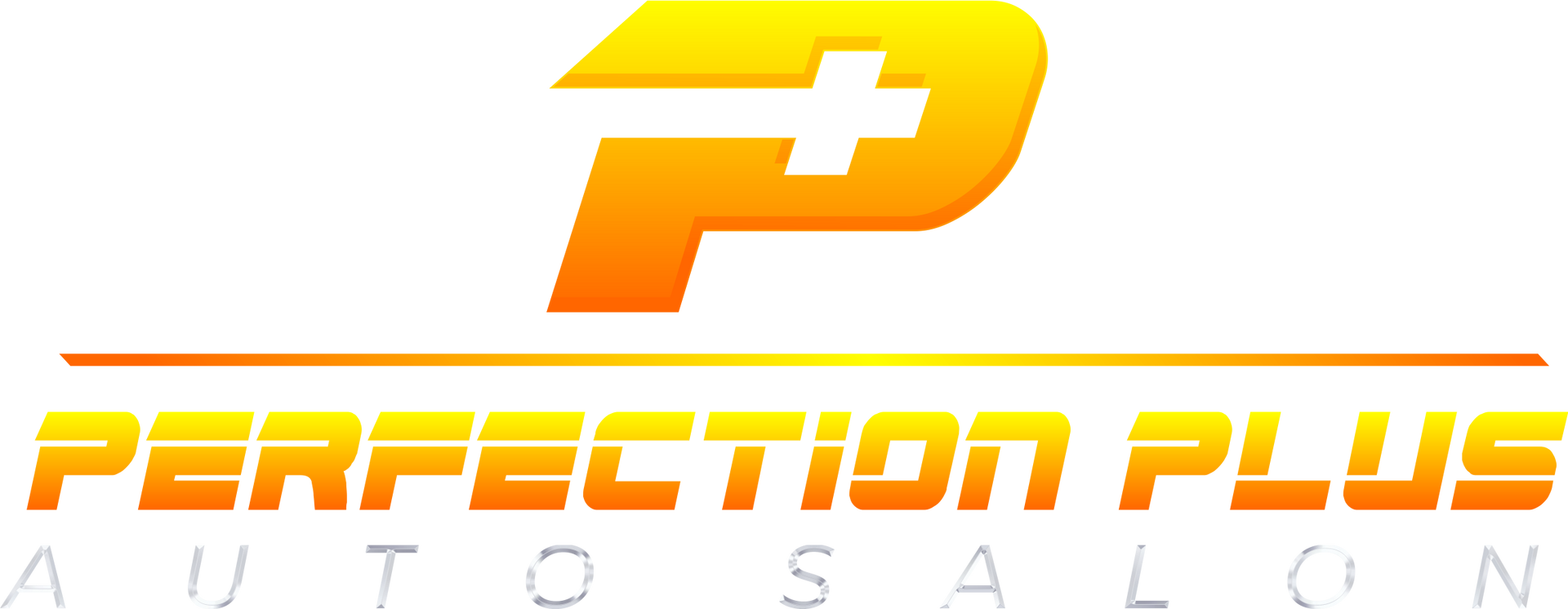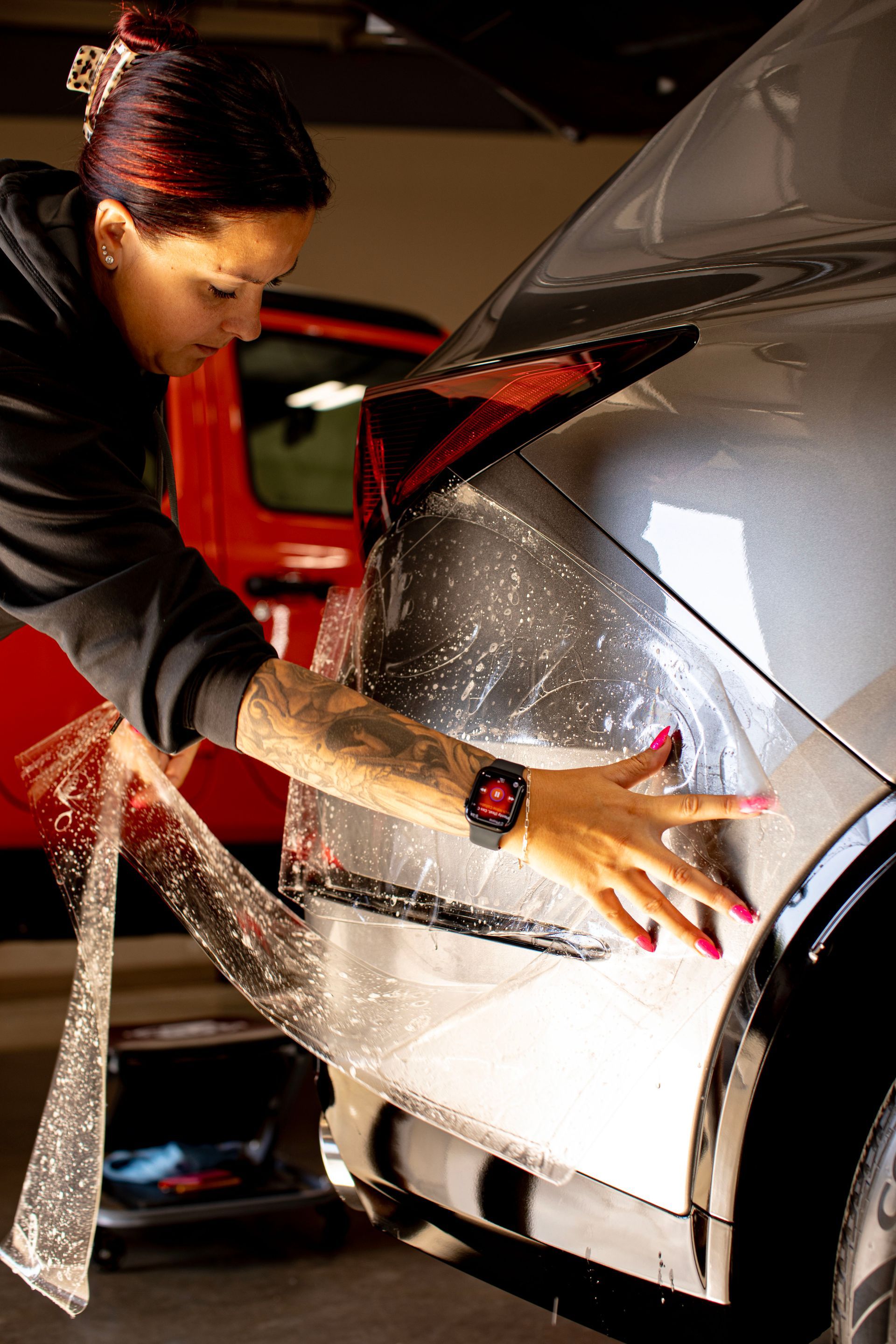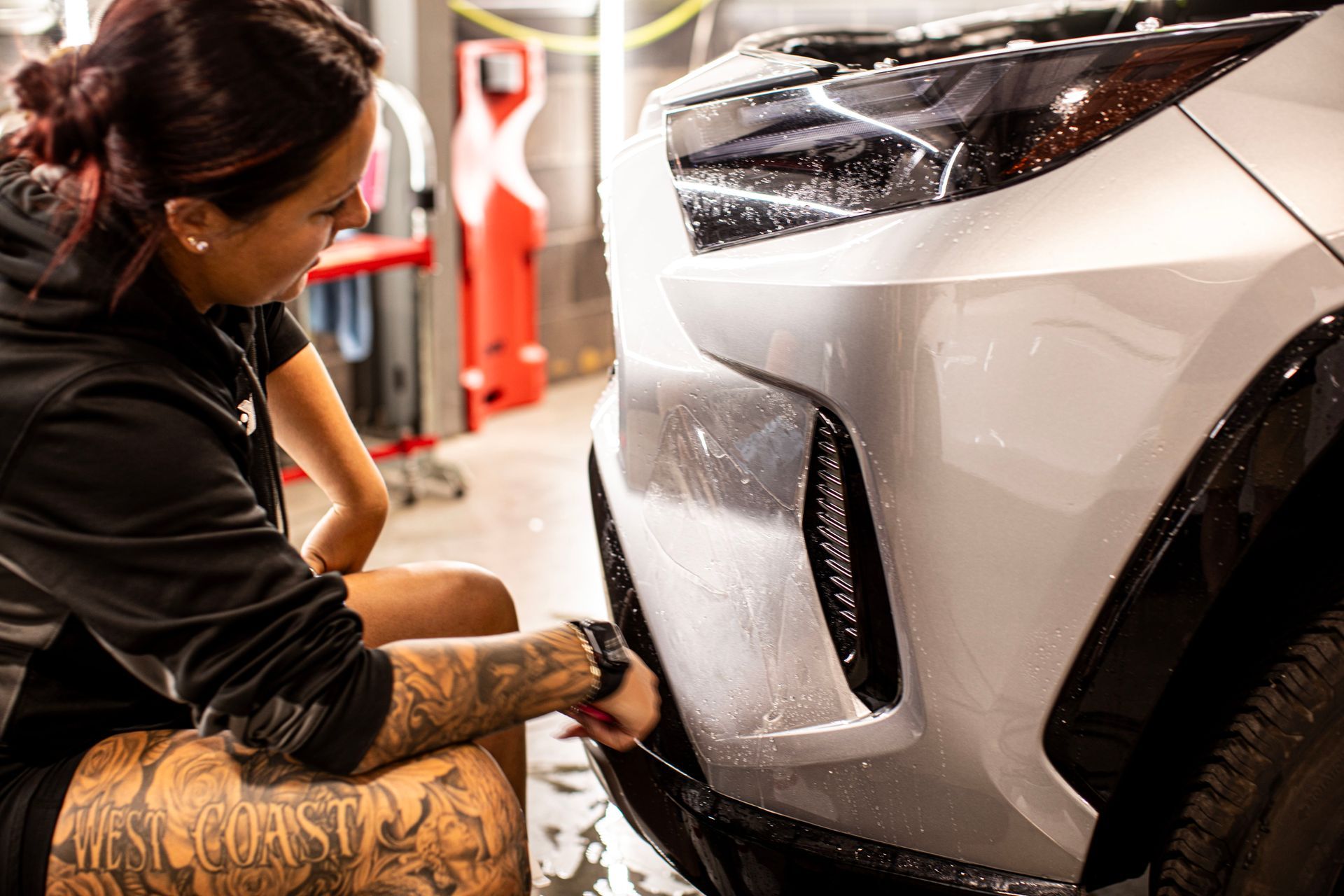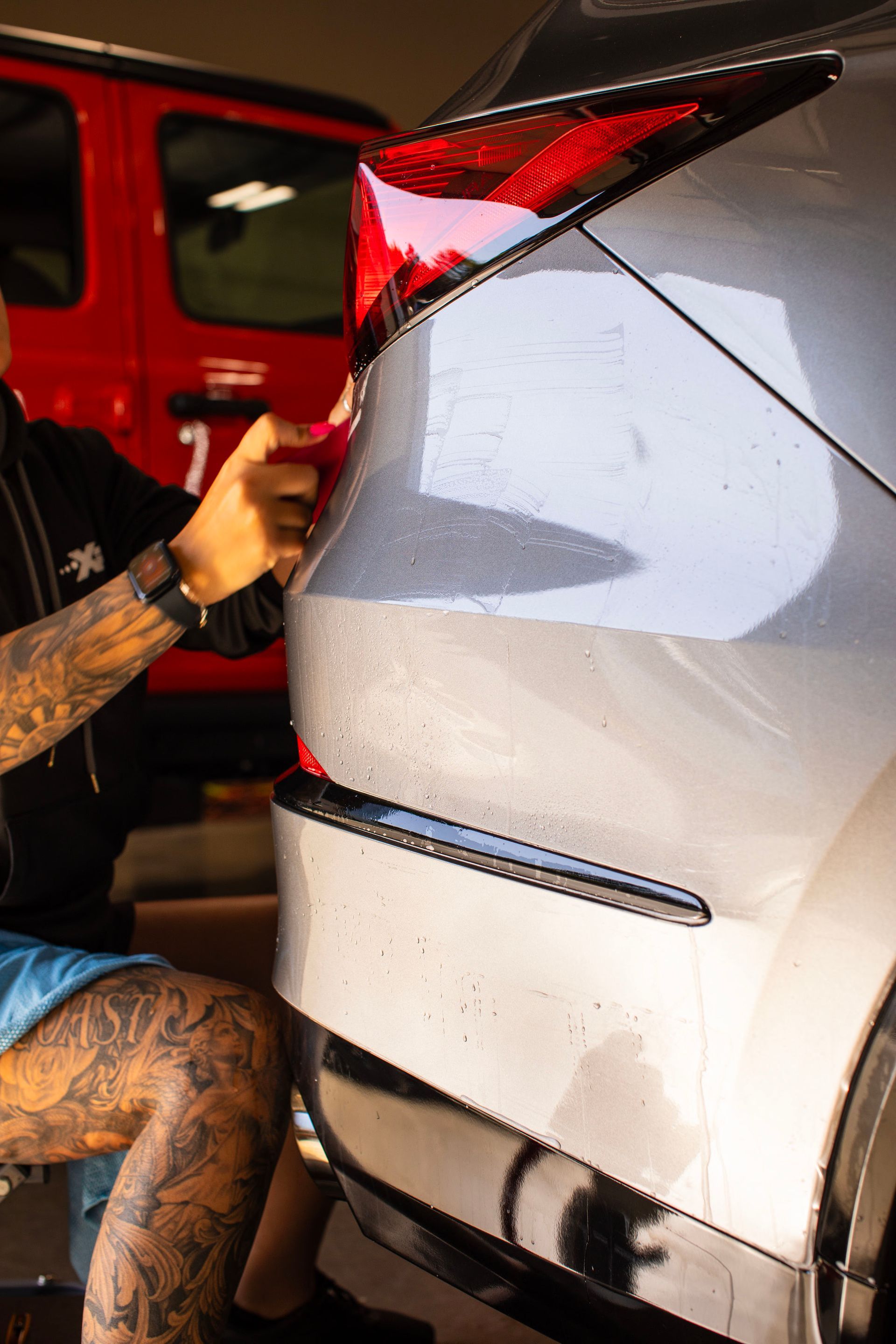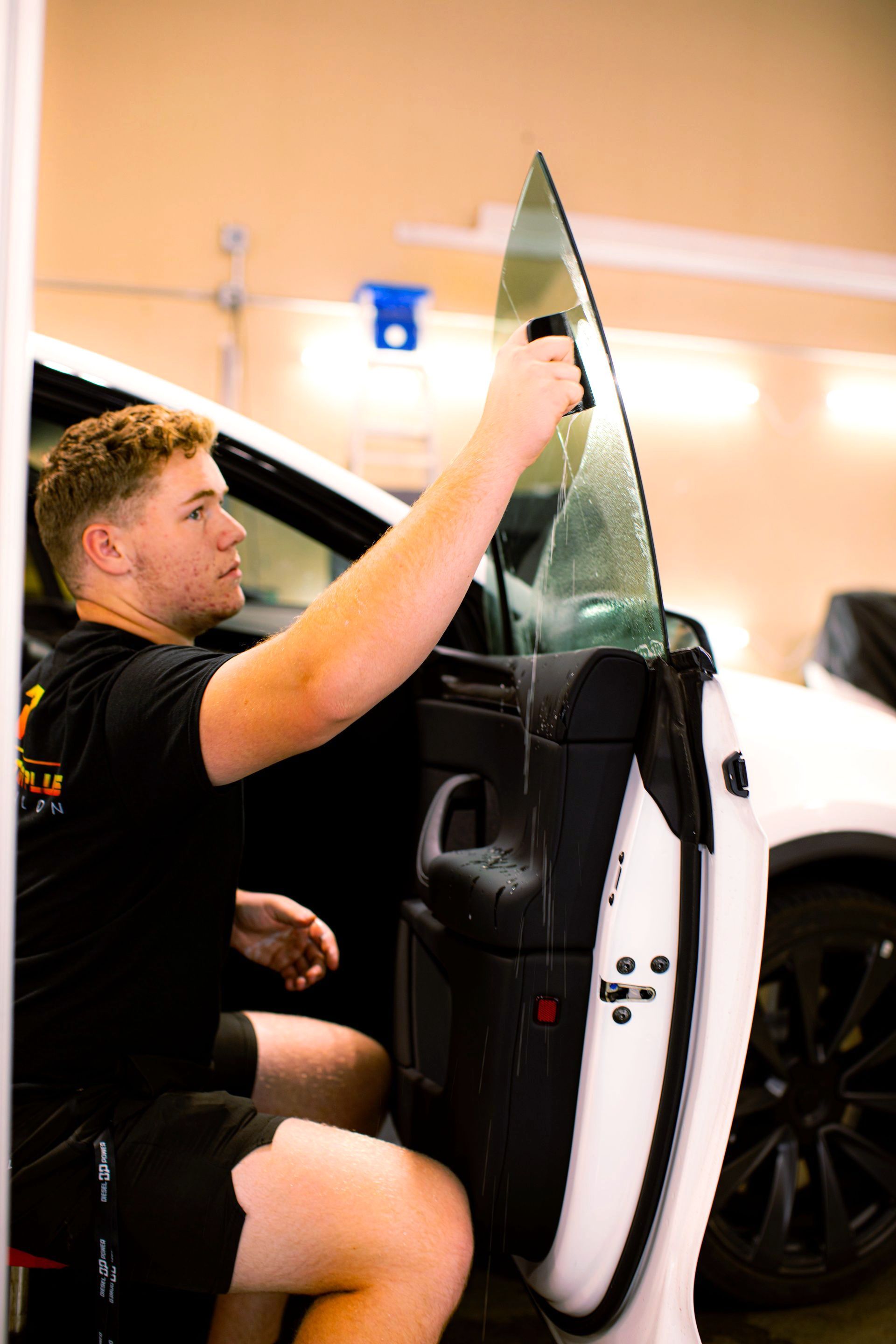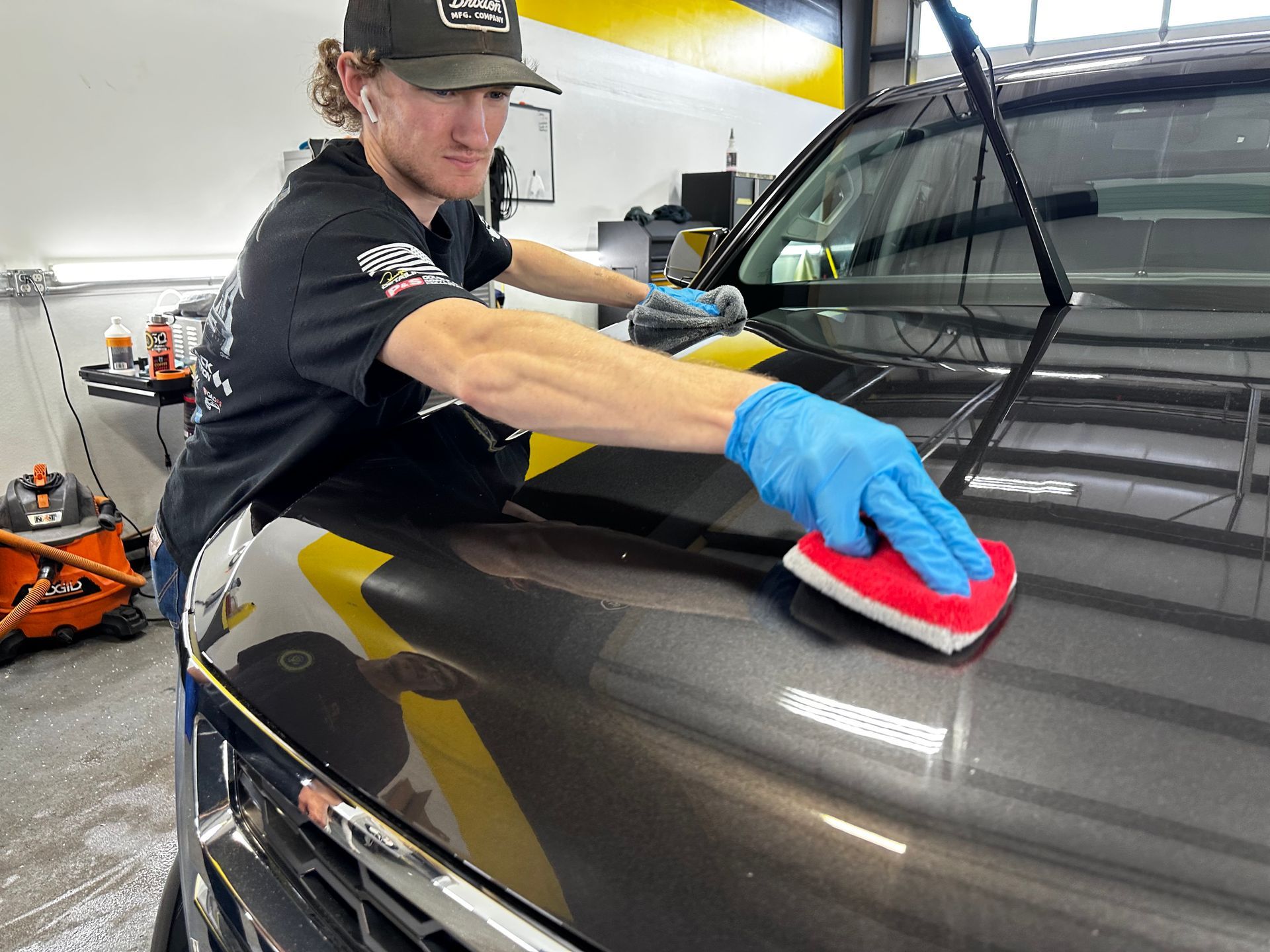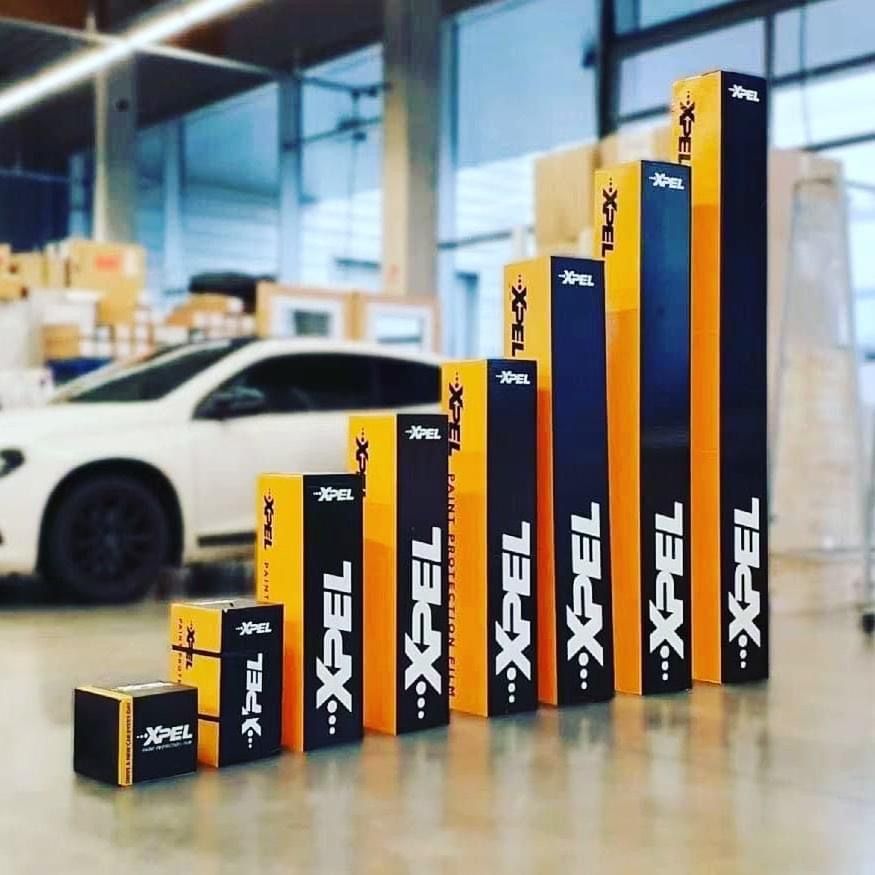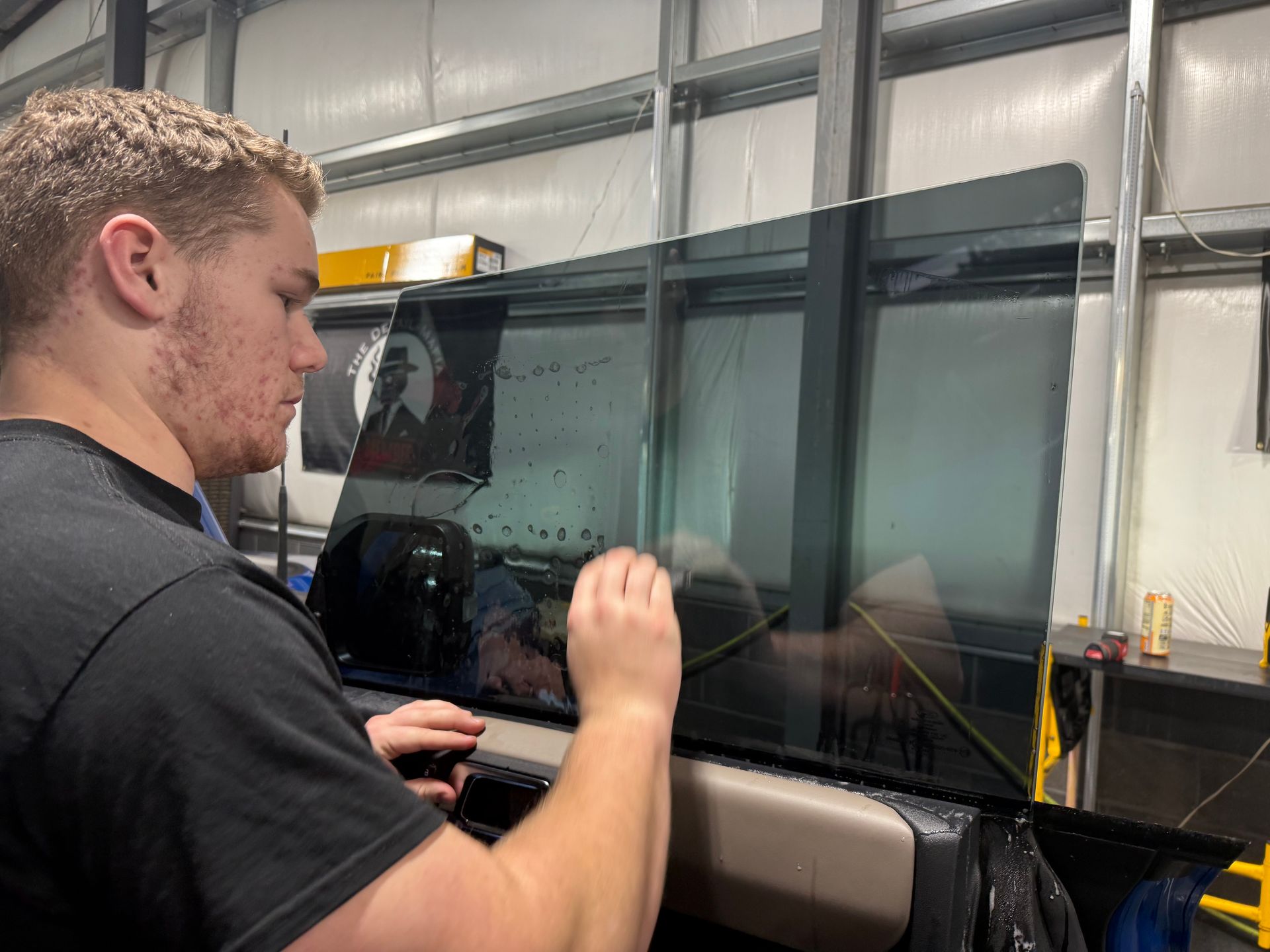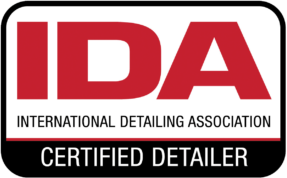The Top Benefits of Paint Protection Film for a Vehicle's Exterior
GET A FREE ESTIMATEPaint protection film shields your beloved car from wear and tear. The sturdy urethane film forms a defensive layer against small scratches, tough rock chips or minor marks that could scar your vehicle's finish. Though invisible, it can combat damaging elements that you might not have thought would damage your car, like stray shopping carts or harmful UV rays. Imagine your ride staying in showroom condition for years.
Paint protection film offers a range of benefits, including protection against rock chips, scratches, and swirl marks, providing a stunning finish that looks sleek and polished. It also offers instant healing against minor scratches through self-healing properties, lasting UV protection to prevent fading, and superior protection against chemicals and corrosion with a nearly invisible film formulation.
Understanding Paint Protection Film
Paint protection film, often abbreviated as PPF, acts as a barrier between your vehicle's paint and hazards, protecting against damage and keeping the car looking new for longer. It's this clear, see-through layer that gets applied over your paint job to shield it from all sorts of harm. Now, you might be wondering what kind of damage it protects against and why it's such a big deal. PPF or a clear bra, is your vehicle’s guardian against road debris like rock chips, scratches from stray keys or brushes with branches, and those annoying swirl marks that appear over time. When you drive around town, there are all kinds of tiny troublemakers in the air that can leave their mark on your car. From pebbles kicked up by the vehicle in front of you to bugs flying into your path, your car is constantly under attack. But a paint protection film acts as your paint's loyal shield, protecting it against all these little nuisances.
One of the best things about paint protection film is that it's practically invisible. You won't even notice it’s there unless you're really looking for it. This means your car still looks just as sleek and polished as ever while being safe from harm. Imagine putting on a clear raincoat before going out in the rain. It keeps you dry without hiding your outfit underneath. That's exactly what PPF does for your car—it keeps the paint pristine without altering its appearance at all. But not all paint protection films are created equal. There are different types out there, and the quality varies from brand to brand. Some cheaper films could turn yellow over time due to exposure to sunlight, which can make your car look unsightly instead. It is essential to look for high-quality paint protection films to ensure the best protection for your vehicle.
The Main Benefits of Using PPF
The decision to invest in paint protection film goes beyond just preserving the appearance of your vehicle; it offers a multitude of practical advantages that contribute to the long-term well-being of your car.
Stunning Finish
When you think of PPF, think of it as a beauty treatment for your vehicle. It provides a glossy, high-quality finish, making your car look sleek and polished. The film is nearly invisible, meaning it won't change the look of your vehicle but will enhance its overall aesthetic appeal. You can flaunt your car with pride, knowing that it's well protected while maintaining its stunning appearance. Imagine your vehicle transforming into a showstopper every time it catches some sunlight, with its lustrous finish captivating everyone around. That's the magic of paint protection film—not only does it guard against damage, but it also elevates the visual allure of your car by several notches.
Instant Healing
Now, here's one of the most fascinating features of PPF: its ability to heal itself. Minor scratches and swirl marks that would typically cause distress now stand no chance against paint protection film. The self-healing properties kick in to repair these imperfections, ensuring that your car's smooth exterior remains immaculate. Just like magic, those annoying little blemishes fade away, leaving your vehicle looking as good as new. Think of PPF as an invisible bodyguard for your car. It maintains a barrier between your vehicle and the elements, ready to jump into action and shield against any potential harm at a moment's notice.
Lasting UV Protection
When you leave anything out in the sun for too long, it inevitably takes a toll over time. The same goes for your vehicle's paint. But fear not! PPF is here to save the day. It acts as a shield against harmful UV rays, preventing them from fading and oxidizing your car's paint. This steadfast protection preserves the color and gloss of your car's exterior over time, ensuring that it retains its radiance for years to come. Picture the scenario: Your car has been parked under the scorching sun for hours, but thanks to a paint protection film, it emerges unscathed every time. The film acts as a guardian angel, shielding your vehicle from the harsh effects of UV rays so that its exterior stays vibrant and undiminished throughout its lifetime.
Prevention of Wear and Tear
Driving exposes your vehicle to various hazards on the road, from loose gravel to debris kicked up by other vehicles. PPF stands as an impervious shield, safeguarding your car from wear and tear caused by these potential dangers. That means you'll end up saving a significant amount on repairs while keeping maintenance costs under control. Additionally, by protecting against wear and tear, a paint protection film helps maintain your car's resale value over time. Just like sturdy armor defending a knight in battle, PPF stands between your vehicle and the hazards on the road, ensuring that any encounters with environmental perils go unnoticed on its surface.
Superior Protection Against Chemicals
The daily grind exposes your vehicle to more than just physical hazards; there are also chemical threats lurking around every corner. From acidic rainwater to harsh cleaning agents, these elements can wreak havoc on your car's exterior. However, with a paint protection film acting as an invisible barrier, it offers robust defense against chemicals and corrosion without compromising on aesthetics. Imagine an invisible force field surrounding your vehicle, repelling any potential harm that comes into contact with its surface. That's exactly what PPF does: it shields your car from chemical attackers while maintaining a seamless and nearly invisible facade.
These exceptional benefits make paint protection film an invaluable asset for ensuring the longevity and resilience of your vehicle's exterior, proving that its advantages extend far beyond merely preserving its pristine appearance.
Role of PPF in Protecting from External Damage
Think of paint protection film as a robust, invisible shield guarding your vehicle against the elements. When you're driving, your car becomes a magnet for all kinds of debris. It's like your vehicle is on an obstacle course filled with flying rocks, bug splatter, and bird droppings. These are the things that can cause significant damage to your car's paint if left unprotected. Let's break this down further. Bug splatter is acidic due to the enzymes in insects' digestive systems. If it stays on your car's surface for too long, it can eat through the clear coat and paint, causing permanent damage. Similarly, bird droppings contain uric acid, which can quickly stain and etch the paint if not removed promptly. Paint chips from road debris can lead to rust and corrosion if left untreated. These seemingly minor concerns can have a lasting and expensive impact on your vehicle's exterior.
In addition to these hazards, environmental factors such as UV rays and harsh weather conditions can accelerate the wear and tear of your vehicle's exterior. However, a paint protection film acts as a reliable defense against these elements, shielding the paint from harmful UV rays that cause fading and oxidization. Imagine taking a scenic drive on a sunny day; your car looks perfect in every way. But over time, if left untouched, the sun's rays cause the color to fade and lose its shine. With PPF applied to your car, you can maintain that stunning finish for longer periods without worrying about the damaging effects of sun exposure.
A paint protection film acts as that all-important shield between your car's paint and the outside world, protecting it from an array of hazards encountered on daily drives. Understanding how PPF shields vulnerable parts of your vehicle from external threats provides an essential perspective on its significance in maintaining the durability and aesthetics of your car's exterior.
PPF and UV/Weather Protection
The damaging effects of sunlight on your vehicle are substantial, especially if you live in an area with prolonged exposure to the sun. Over time, the sun's ultraviolet rays can cause the beautiful paint on your car to fade and lose its luster. This is where paint protection film steps in as a shield against these harmful UV rays. PPF is designed to block up to 99% of those harmful UV rays, protecting your vehicle's paint from fading and discoloration. Its ability to act as a shield against this constant force of nature is key to maintaining the vibrancy and appearance of your vehicle's paint job for years to come.
Now, let's talk about weather protection. Rain, snow, sleet, or dust—these elements can all take a toll on your car's finish over time. But with a paint protection film in place, you have an added layer of defense against these environmental factors. PPF not only safeguards the paint from fading due to rain and snow but also creates a barrier against elements such as dust and dirt. By blocking these contaminants, it helps preserve the glossiness and shine of your vehicle's exterior, even in varying weather conditions. Think of PPF as a sturdy shield that repels water, snowflakes, and even tiny particles carried by gusts of wind. It prevents them from clinging to the surface of your car, where they might cause damage or erosion over time.
When you're driving through heavy rain or even light mist, you can rest assured that the exterior of your vehicle is well protected by the invisible layer of PPF. Similarly, when a heavy snowfall blankets everything in sight, your car won’t suffer from the corrosive effects thanks to a clear bra, which provides an additional layer of defense. It's clear that a paint protection film goes beyond just physical protection—it actively preserves the aesthetic appeal of your vehicle despite being exposed to relentless weather conditions throughout its lifetime.
PPF Maintenance Guidelines
Paint protection film is an excellent investment in keeping your vehicle's exterior looking brand new, but it requires proper care and maintenance to retain its efficacy. Regular washing is fundamental and using a mild, pH-neutral car wash soap and water is essential for keeping the film free from dirt, grime, and other environmental contaminants. A gentle wash with a microfiber cloth can ensure the cleanliness of the PPF while preserving its visual clarity. When washing your vehicle, pay special attention to the areas where the film has been applied, as these sections may accumulate more dirt and debris due to their exposure to the elements. Utilizing a dedicated PPF cleaner and microfiber cloth for periodic cleaning effectively maintains the film's clarity and protective capabilities. It's crucial to avoid abrasive cleaners or harsh chemicals that could damage the film.
While maintaining the PPF, steer clear of harsh chemicals such as solvents or degreasers; these substances can cause discoloration or damage to the film's protective properties. Additionally, routine visual inspections are vital in identifying any potential issues with the paint protection film. Look out for signs of peeling or lifting at the edges, as well as any damage to the film. Promptly addressing these issues can prevent small problems from developing into larger ones, thereby extending the life of your film. By following these straightforward maintenance guidelines, you'll ensure that your PPF continues to offer optimum protection for your vehicle's exterior while maintaining its pristine appearance. Regular care not only prolongs the life of the film but also safeguards your investment in your vehicle's exterior for years to come.
Paint Protection Film Experts in Redmond, OR
Discover peace of mind and unparalleled protection for your vehicle with Perfection Plus Auto Salon, your premier destination for paint protection film in Redmond, OR. Our expert team specializes in preserving your car's pristine finish with precision-installed paint protection film, shielding it from the hazards of the road. Say goodbye to worries about chips, scratches, and environmental damage, and hello to a showroom-worthy shine that lasts for years to come. With Perfection Plus Auto Salon, you're not just getting a service; you're investing in the longevity and beauty of your vehicle. Don't wait until it's too late; safeguard your car's appearance today by scheduling an appointment with the paint protection film experts at Perfection Plus Auto Salon! Call us today at
(541) 598-6193!
